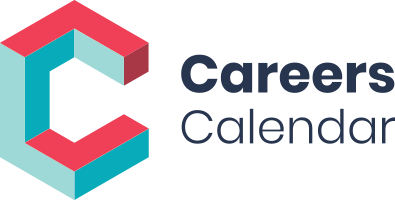
Don’t think outside the box
Have you ever heard the saying, think outside the box?
It is used widely and is supposed to mean to think differently, unconventionally, or from a new perspective. To think outside is to look beyond the obvious things, but what if we thought about the obvious first and used what we had before we wander into an unfamiliar place of nothingness?
What if you were to think about the box before you think outside it? What if this was where creativity started?
What do we mean?
Start by thinking about the box. It sounds counter-intuitive, but it’s a much better place to start.
It’s the place that is closest to you, and you know best. It’s familiar. You could even carry out a SWOT analysis of your situation; your box.
For example, in the context of your student careers engagement plan. You would look at the box in the same way as your plan. What does it currently look like? What’s its strengths and weaknesses? What are the opportunities and threats?
This situational awareness will help you to understand where you’ve been, where you are now, and where you could go next. This is vital before you start thinking about everything else around the box.
You can apply this framework to all areas of your life. Take some time to ask the question about any situation or challenge you are facing and would like to see some change.

The next thing to do before you think outside the box is break the box down into its parts and then break it down further.
The box on the left could be broken down to 12 lines and reshaped into one large one-dimensional box or a dodecagon – a 12 sided shape, making a completely new shape, or it could be broken down into 24 straight lines creating smaller boxes in the form of a grid.
You can see how many different shapes, and even new ones, can come from one box, so think about how many great ideas can come from yours. Dissect it in every way possible to cover all bases, get others involved and play around until you have fully explored your box.
How can I do it?
The resources you already have at your disposal can be repurposed and recycled or even upcycled. You may think you have a very simple shape, but it can be reworked into something you have never even considered before.
Break down what you have. Yes, break it down into its constituent parts and look at what comes from this exercise.
I’ll give you an example within the context of a student careers engagement plan.
You run a one-off careers event designed to inspire year 11 students to think about their next steps. You want the event to have maximum impact but aren’t sure how to ensure it has long-lasting effects. Yet, somewhere in the school, you have an aspirational videographer(s) and a member of the IT or Library team who could mentor the student or students you nominate to create video content during the event which you can repurpose throughout the school to use as valuable content for your communications plan.
Or in the context of your career. You are wanting to make a career change but aren’t sure what you want to do. The first thing to do is look at the box, a situational analysis of what you currently have. Then breaking down what you have to it’s parts to see how things could look differently. For example, a Librarian might not think their skills are transferable or relevant to jobs other than a Librarian, but once they break down their box (those parts that make different shapes), new pathways begin to emerge and ways of thinking about how you apply yourself to the ever-changing fast-paced world.
Once you’ve thought about the box and how the box can be broken down only then can you think outside the box into a place of nothingness but with a stronger sense of self-awareness and how your parts can form new ways of thinking.
This is where creativity starts. The ability to think creatively about all of the parts and create new things. Stop putting yourself into a position of nothingness, start with what you have and where you are. It will feel so much better. This is what we call creative or even divergent thinking which can be applied to an individual and the collective.

